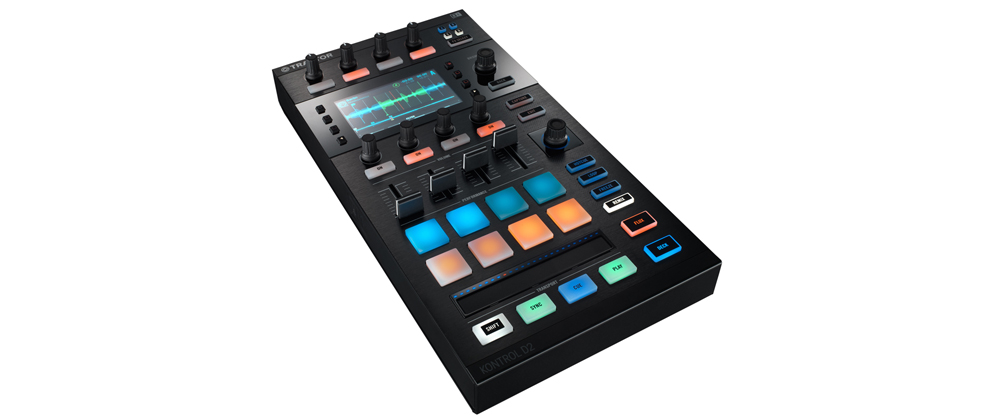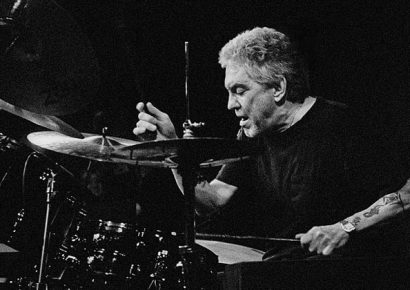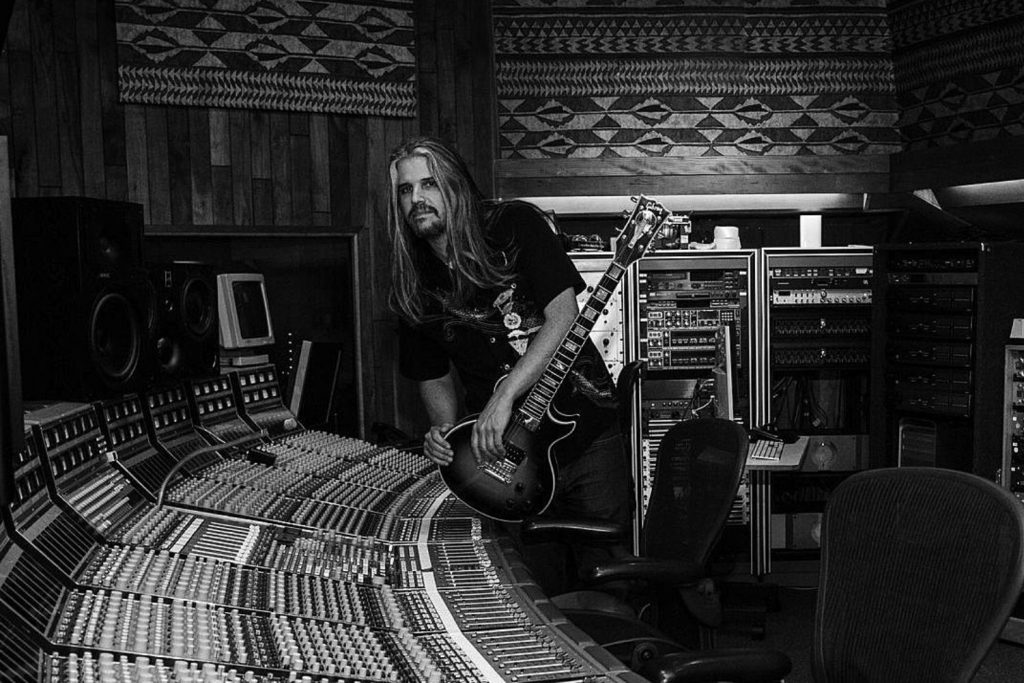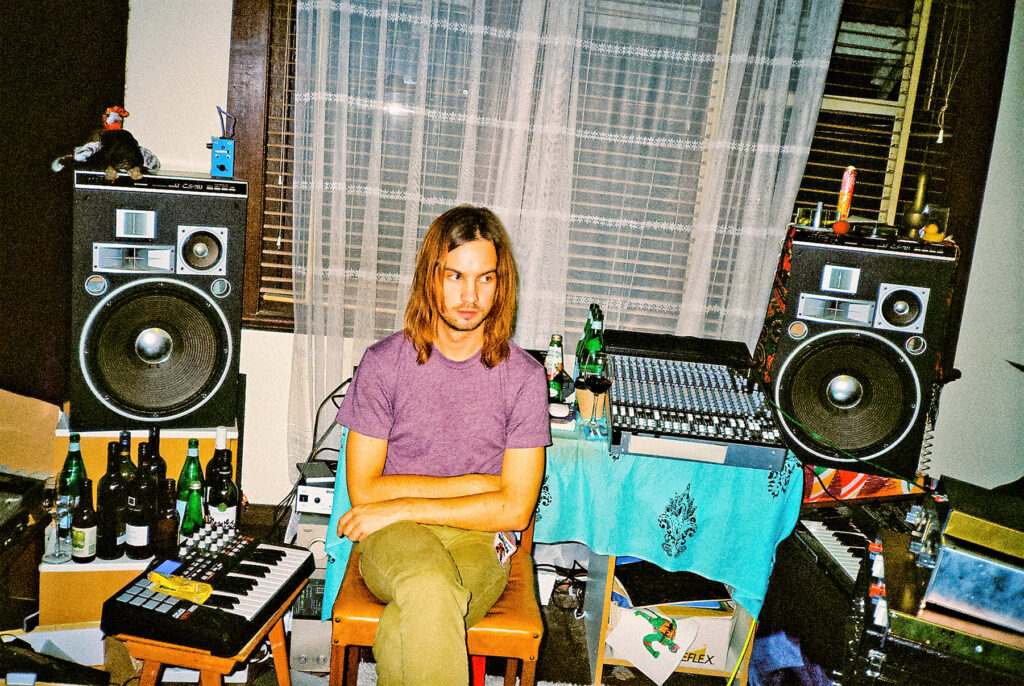THE DIGITAL REVOLUTION CONTINUES
The vinyl stalwart eventually gave way to digital recordings due to the ease of transport, size and quality of reproduction in the late 90’s. The main reason for this media beginning to appear in the clubs was the development of new decks that now made it a very workable format. Pioneer changed the DJ world with the introduction of the CDJ, and it wasn’t long before this had been pushed onto newer versions and other manufacturers began to release similar devices. This issued a new era of DJ styles where the CD player was used with a traditional mixer much like turntables were. Though, everything was all to change again with the inception of computer software and controller decks as CDs got phased out for hard drives and USB portable media. This is where we find ourselves today, with a host of all-in-one consoles designed to integrate with a laptop computer or hard drive and work as a self-contained system. Until this month… with the release of a new deck.
BACK TO MODULAR
As the digital console revolution seemed to be well ensconced in the complete unit, the modular setup was slowly disappearing. The idea of choosing the decks you wanted with the mixer you preferred almost felt like a thing of the past when you looked at the product line-ups of many manufacturers. Native Instruments were one such company that developed an all-in-one concept and revolutionised the market with their Traktor platform. Now, they’ve developed and new deck, a break away from their other systems and a compliment to their Z2 digital mixing console that seemed to be lost amongst the other products they offer. This month I got my hands on some of the first release Traktor D2 decks to land in the country and I am rather excited with the possibilities these present. At first, I thought we were just looking at a compact single channel S2 style system without the jog wheel, but it’s so much more than that basic idea. What the D2 brings to the plate is a system to works like NI’s flagship S8 console, but split into a single deck so you can use it in a modular format. It can run standalone, or as a pair or in a more complex setup with other devices too.
This now feesl like the old days of working with two decks and a mixer, but you are not limited by the linear recording of a CD or LP. You have all the freedom to create, remix and perform with your sounds just as you would with the Traktor S8 console, but you are free to work it easily into a varied setup. The full colour display delivers most the information you need to work without the need to reference your laptop. When you consider the limited information that was delivered on the display of some of the earlier CDJ consoles, the D2 seems mind-blowingly intuitive. Because of this, you get the information relay and the browsing capabilities of working on a laptop, but you get the feel and workflow of just dealing with a physical deck. The computer can be safely tucked under the bench in the DJ booth, it really only needs to act as an engine and transport for your audio stream.
Speaking of the audio stream, the D2 is taking DJ mixing to a whole new level with the use of Stem mixing. These audio files split the tracks up into four elements, such as bass, drums, vocals and melodies. Now, instead of simply mixing and editing a stereo track, you can pull the sounds apart and work within the four elements for more complex mixes and greater creative freedom. This is going to change the way digital DJs work. This is going to redefine how a live mix is created. This is the next step towards total freedom in the club and a world of new sounds. Just wait until you here what will come from the Traktor D2 in its many possibilities. I think we are at the beginning of something big here.







